The Inevitable Future of Drones Around Your Home
This week Google revealed it has a secret drone delivery service in the works. Called Project Wing, it is the tech behemoth’s answer to another tech behemoth’s futuristic delivery service. Amazon’s Prime Air hopes to deliver 5-pound parcels, which make up more than 85 percent of its packages, via small unmanned aircraft flying 50 miles per hour to homeowners’ doors in 30 minutes or less.
The Google announcement comes as no surprise. When it acquired Nest this year, it became clear that Google wanted to make a big bet on the future of the connected home — meaning smart devices control the home. Now it’s taking that a step further and investing in smart devices that deliver goods to the home. Of course, there are first numerous legal hurdles to jump over, as the Federal Aviation Administration is attempting to tighten its grip on drone use. And Project Wing founder Nicholas Roy says in a video of test footage (below) that its drone product is years away. Amazon CEO Jeff Bezos himself said in a now-famous 60 Minutes segment that drone delivery is five to seven years away at best, and more likely 10 to 15 years.
But homeowners and home professionals are already putting drones — and their attached high-definition cameras — to use with residential properties in a variety of ways. Professional photographers use drones to take aerial shots of homes and acreage for advertising and marketing materials. Architects use them to do site reconnaissance work for clients. And homeowners are taking them on as hobbies.
Martha Stewart has a drone. No, not a scone. A drone. The home-making doyenne recently took her thoughts to Time magazine’s website to explain just why she loves flying her drone so much. “Photographing my properties, a party, a hike in the mountains and a day at the beach,” she wrote of how she uses it. She’s even had drone shots taken of the expansive vegetable garden at her Bedford, New York, farm.
But for the future of drone use around the home, the sky may be the limit. And with Amazon and now Google leading the charge, it appears it will be only a matter of time before drones around the home are an everyday thing.
Going Airborne
“Anybody anywhere in the U.S. can walk into Verizon and for $299 buy a drone,” says architect Rand Soellner. That’s exactly what he did when he went to upgrade his wife’s phone about seven months ago in Henderson, North Carolina. He’d been investigating drones for about a year and finally got talked into buying a Parrot AR Drone, mainly for his wife’s business. She’s a real estate agent, and they use their drone to photograph from about 100 feet in the air the properties she’s selling. “You get the views beyond the trees,” he says. “Google Earth is not good enough.”
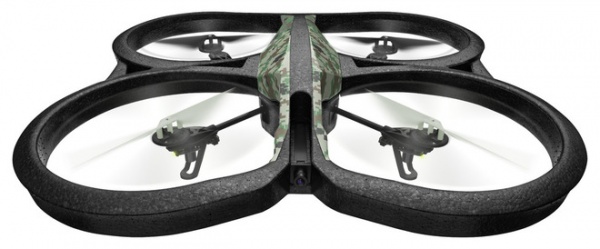
Soellner (and Martha Stewart) fly the Parrot AR Drone, shown here, which is widely available through retailers such as Verizon, Barnes and Noble and Best Buy.
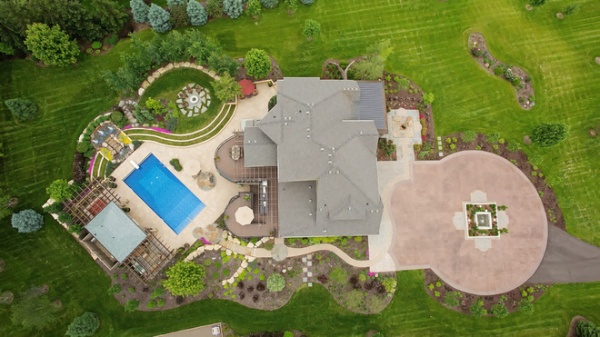
Soellner also uses his drone to do site reconnaissance for his architecture firm. He takes the drone to large properties on which his clients want to design a home and takes hundreds of digital photographs, like the one seen here. He sends his drone up about 100 to 150 feet to record about 10 to 15 minutes of video, rotating the camera 360 degrees to get a better perspective of the property. “It’s a view you can’t get any other way. It’s like you’re in a helicopter. It gives you an overall perspective of the land before building, and after building it helps you understand relationships with the real ground and other features,” Soellner says.
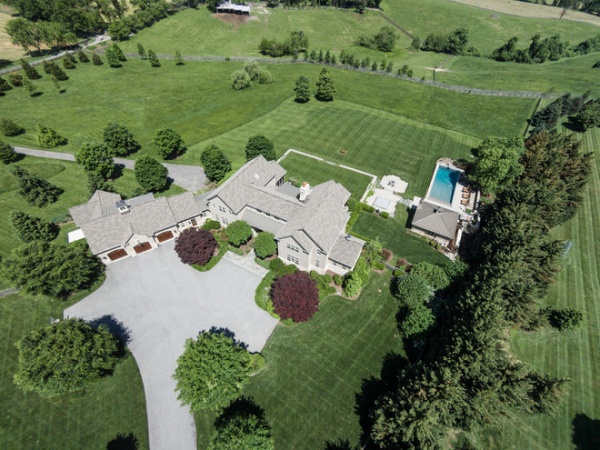
Soellner says drones help with driveway alignments, too. “When a client has dozens or hundreds of acres, the entry road can be a mile long,” he says. Using a drone with Google Earth and topography from a good survey together helps determine a good alignment. I’ll do a flight check on the drone filmography against a questionable area on Google Earth, which is perfect, but once in a while there will be a drop of 50 feet and you look at Google imagery and say, ‘Naw, there’s nothing there.’ So you use aerial recon to help.”
He then uploads the video to YouTube and embeds a link in a PDF report that he gives to clients.
Cheaper Than a Helicopter
Photographer Greg Eymundson has come to rely on his drone, too, taking shots that get used in real estate print advertising. To do aerial photography six or seven years ago, he was renting a helicopter at $2,400 per hour, and since he was charging clients $200 for the shots, he had to call around and get multiple clients onboard for the endeavor to be cost effective. “There were limitations to how low I could fly over populated areas — 200 feet is the lowest — so the shooting was difficult,” he says. “And my mother wasn’t too happy about me hanging out of a helicopter without a door.”
Now he just sends up his GPS-controlled drone — a eight-rotor DJI Phantom that cost about $1,400 — with an attached high-definition GoPro camera, and gets everything he needs without his feet leaving the ground.
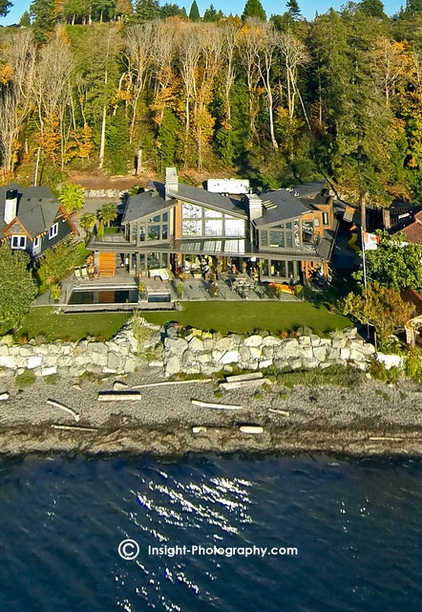
‘To Fly It Is Another Story’
As with most drones today, Eymundson controls the device using his smartphone or an iPad, using mostly just his thumbs. He uses drone photography for clients who are selling big estates and ranches in places like Montana and want to include video in a marketing package. “You can have it flying alongside running wild horses, go down the stream, then up toward the house,” he says.
The difficulty in operating today’s drones is a setback that many manufacturers are hoping to improve soon. It’s easy to imagine a world in which we program a drone to change a lightbulb on a 20-foot ceiling in the living room, or send one up on the roof to check for damage after a storm, or to see if the gutters need to be cleaned. But with the current technology, we’re still a ways off from that.
“Anybody can buy these things,” Eymundson says. “To fly it is another story.” He says it takes a steady hand and hours of flight time to master most drones and their knobs, buttons and switches. “If you’re buying a camera drone to check out your gutters, it might be cheaper to hire the gutter guy from down the street,” he says.
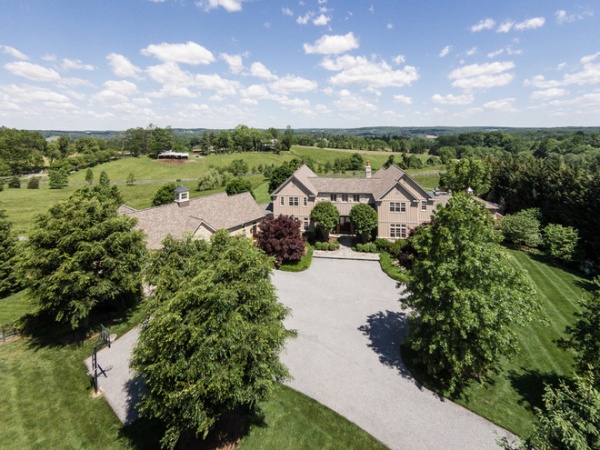
The Case Against Drones
For some people the idea of drones flying around the sky shooting photos and video doesn’t really, well, fly. Noise, privacy and safety are all common, and warranted, concerns. That’s the stance the Federal Aviation Administration has taken with drones. “Since 2007 the FAA has been discouraging people from using drones for commercial purposes,” says attorney Brendan Schulman of Kramer Levin, the first firm to set up a practice group for commercial unmanned aircraft systems.
But Schulman doesn’t agree with the FAA’s policies. In fact, he handled the very first drone case this year when the FAA, which says its 2007 policy notice makes flying drones illegal, fined Raphael Pirker for shooting aerial video using a drone at the University of Virginia for the possible creation of a TV commercial. Pirker is the only person it has fined so far. “We got the case dismissed because there’s no regulation concerning the use of model airplanes,” Schulman says.
“But the decision is on appeal, and it remains to be seen what the outcome will be,” he continues. “The question is a gray area. The arguments we’ve made, and so far have been sustained in court, is that there’s no specific regulation prohibiting commercial uses. The FAA appears to be quite serious in saying commercial use is not permitted except with expressed permission.”
In its March appeal of the Pirker case, the agency made it clear that it’s concerned that the ruling “could impact the safe operation of the national airspace system and the safety of people and property on the ground,” according to an FAA press release. The agency is expected to make more announcements, and possibly issue more regulations, this fall.
Ownership of Private Air Space
Schulman has been building and flying drones as a hobbyist for 20 years, and one of the points that he says wasn’t considered in the Pirker case is the right of ownership over private airspace. “If you go back in history to the beginning of the country, airspace was considered owned by the landowner from below up to the heavens,” Schulman says. “This obviously became a problem for airplanes, and so Congress allowed transit in the upper atmosphere above 500 feet.” In the 1946 case U.S. vs. Causby, the Supreme Court said landowners have exclusive right of airspace surrounding their property.
“There’s an argument that that concept has not changed,” Schulman says. “If homeowners or architects want to put up surveying equipment or they’re adding a deck and put up a camera on a crane to take a picture of a roof for maintenance, there’s no need to call the FAA for authorization of use in that airspace. Same is true for flagpoles. But the FAA is viewing small flying aircraft subject to its jurisdiction even if the landowner is using that airspace with a consumer device to accomplish something related to the ownership of the land.”
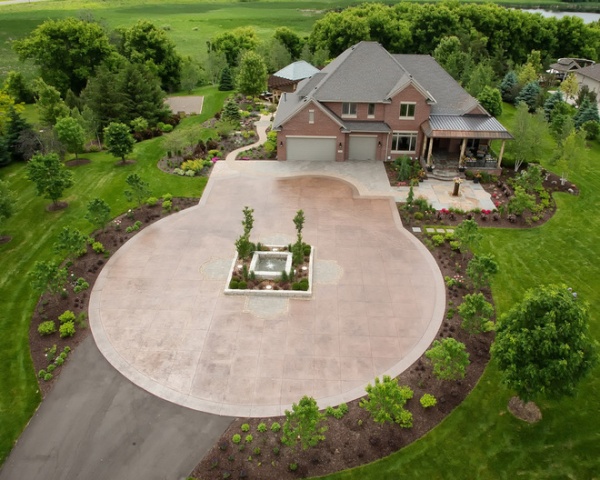
To Regulate or Not to Regulate?
Many states have either proposed or implemented statutes concerning the use of drones, but they’re mostly directed at law enforcement agencies, requiring that warrants be obtained before their use.
In Texas and Wisconsin, there are laws concerning drone use as private surveillance. In Virginia, where Pirker was fined, there’s a moratorium on drone use until 2015 so the possibility of regulation, if any, can be debated and hashed out better.
“There’s a Wisconsin statute that says you can’t take a picture from your private property with a drone if someone else’s private space is included in the shot,” Schulman says. “Which is odd because if you used a camera on a broomstick or a ladder to shoot that same photo, it’s not a crime. You can take a picture from a police helicopter, but from an unmanned drone you need a warrant, even when the technology is saving taxpayer dollars, is more efficient and safer. If a drone goes down, you’re not going to take out a house. In Texas they’ve done searches to find missing people using drones. There are all sorts of good uses. But there are an emerging set of laws that I think are misguided.”
Generally speaking, Schulman thinks there should be very little, if any, regulation concerning drone use at low altitudes, where passenger planes don’t fly. Instead, he thinks we already have enough laws in place concerning privacy. “If you use a broomstick with a camera to shoot something offensive, invasion of privacy should be the crime,” he says. “There’s already appropriate privacy regulation that applies to any technology.”
But, according to the FAA, it’s responsible for air safety from the ground up. The administration has regulations that prohibit “any person from operating an aircraft in a careless or reckless manner so as to endanger the life or property of another.”
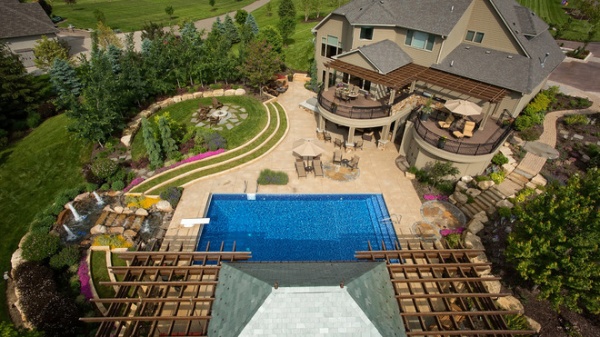
What’s Ahead
But Schulman, like other drone enthusiasts, thinks the future of unmanned aerial vehicles is bright. “With the development of these systems and the right kind of instructions, it will be great technology for home improvement, architectural design and other applications around the home and people’s property,” he says. “I like to say it’s the dawn of the next big high-tech industry.”
Architect Soellner agrees. He sees a future where easier-to-use drones could have many applications around the house, like checking stream conditions on a large property, or checking to see if gutters are clogged or the chimney has too much soot in it. “For an aging baby boomer to break out an extension ladder and climb onto the roof to check something like that is a recipe for an emergency room visit,” he says.
YouTube is rife with videos of homeowners using drones for things like roof inspections. Here’s one example:
And then there’s Amazon’s and Google’s investments in drone deliveries, which without wider support of drones may never happen. Amazon has filed a request for exemption to do drone testing on private land so that it doesn’t have to take its research out of the country. Google, on the other hand, has taken its testing to Australia, where friendlier laws make it easier to get testing off the ground.
“That’s another part of the story,” attorney Schulman says. “With the federal government continuing to say you’re not allowed to use drones for commercial purposes, it’s really hurting our nation’s entrepreneurs and developers who want to get this developed and to their customers. You see a lot of development and research dollars going on outside this country, because it’s an unfriendly climate. Companies are going to Canada, Australia, Japan and the United Kingdom, where they’re more receptive. I don’t know why things here are so stuck. But that’s where we are.”
The FAA has repeatedly struck down the argument that it lags behind other countries in approving drone use. “This comparison is flawed,” the agency says on its website. “The United States has the busiest, most complex airspace in the world … developing all the rules and standards we need is a very complex task, and we want to make sure we get it right the first time.”
But who knows? Maybe one day, a drone will change our lightbulbs while another keeps an eye on our kids playing down by the creek, another picks oranges off our trees and yet another delivers a Martha Stewart–made chocolate ganache straight to our doors.
Check out a video of Amazon testing its drone-delivery system:
Your turn: What’s your opinion on drone use around the home?












